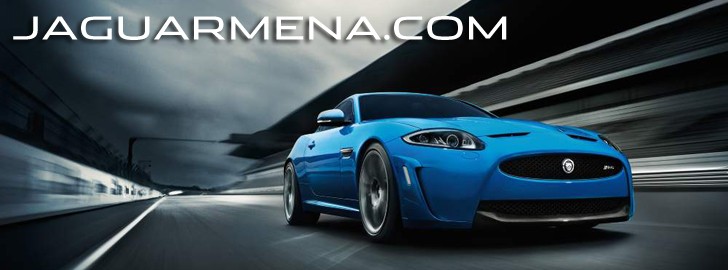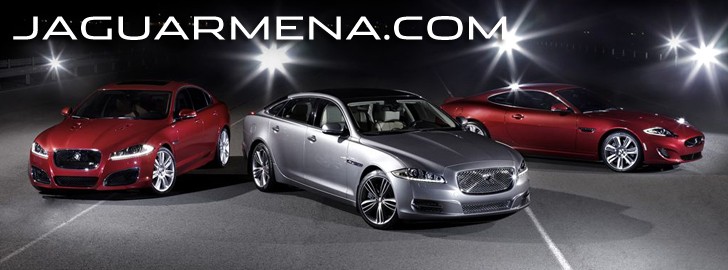F-TYPE | Structure
Jaguar’s expertise in aluminium vehicle architectures was essential in making the F-TYPE the very special car it is. Having pioneered the use of aluminium monocoque construction in volume production, Jaguar’s engineers were able to apply more than a decade’s worth of experience in this type of manufacture to achieve the twin goals for the F-TYPE of low mass and an extremely rigid body.
Key to this was the further development of Jaguar’s alloy technology to deliver increased structural integrity while reducing weight. AC300, a crash-crush 6000-series alloy was refined specifically for the F-TYPE application to provide levels of strength comparable to the existing high-performance XK platform – for which it was first developed – while offering considerable weight savings.
As a result the F-TYPE core body-in-white weighs just 261kg. This has obvious benefits in terms of the F-TYPE’s overall levels of directional agility, acceleration, braking, economy and emissions. Concentrating more of the mass within the wheelbase by minimising the front and rear overhangs also provides the car with an inherent stability to further inspire driver confidence. The F-TYPE’s driving position is 20mm lower than in the acclaimed XKR-S, dropping the centre of gravity and allowing the driver to feel at one with the car.
In addition to the structural alloy, Jaguar further developed a skin panel alloy in order to deliver the desired design language. This AC600 alloy offers the same robustness and quality of finish as the existing metal used on the XK but with much greater formability to provide greater clarity and tightness of radii and feature lines.
This allowed, for example, a reduction in radius of more than 50 per cent, down to just 8mm, to allow the engineers to reproduce the all-important ‘heartlines’ exactly as the designers had intended. Incredibly, the beautiful clamshell bonnet, an exotic signature feature of the car and where the front heartline begins, is a one-piece stamping, made using a 1000-tonne press.
Jaguar also developed new techniques in order to deliver both the design and engineering integrity expected of the F-TYPE. One example of this is the use of a process known as ‘warm forming’ in order to produce the inner door pressing. Too complex to be achieved through the ordinary stamping process with cold metal, Jaguar’s engineers developed an industry-first method in which the metal is heated to 260°C before being pressed in order to deliver the desired shape and structure within one large pressing rather than a number of smaller ones which would have added weight.
Weight savings have been achieved in a number of key areas, using a number of different techniques. Optimisation of the body-in-white design achieved an overall reduction of 35kg while obsessive attention to detail shaved 2kg each from the windscreen, cooling pack and induction system. The engine mountings and bumper beam also each contributed 5kg savings while powertrain optimisation saved 8kg. The new alloy front subframe saves a further 5kg compared to a steel equivalent.
The F-TYPE also has more composite materials than in any previous Jaguar with crash-management structures under the sill and the boot lid constructed from high-strength plastics. Further weight savings in the construction of the F-TYPE came from the hood system which saved 12kg. An impressive 24kg was saved by optimising seat construction and mounting. As a result, the F-TYPE weighs from just 1597kg.
Aluminium forms a great part of Jaguar’s commitment to sustainability with more than half the content of the car coming from recycled metal. In addition, the F-TYPE’s structure is exclusively riveted and bonded – this manufacturing process emitting up to 80 per cent less CO2 compared to that from welding a comparable steel structure. Jaguar is also rolling out its closed-loop recycling system to its suppliers, ensuring all offcuts of metal from the manufacturing process are reused.











